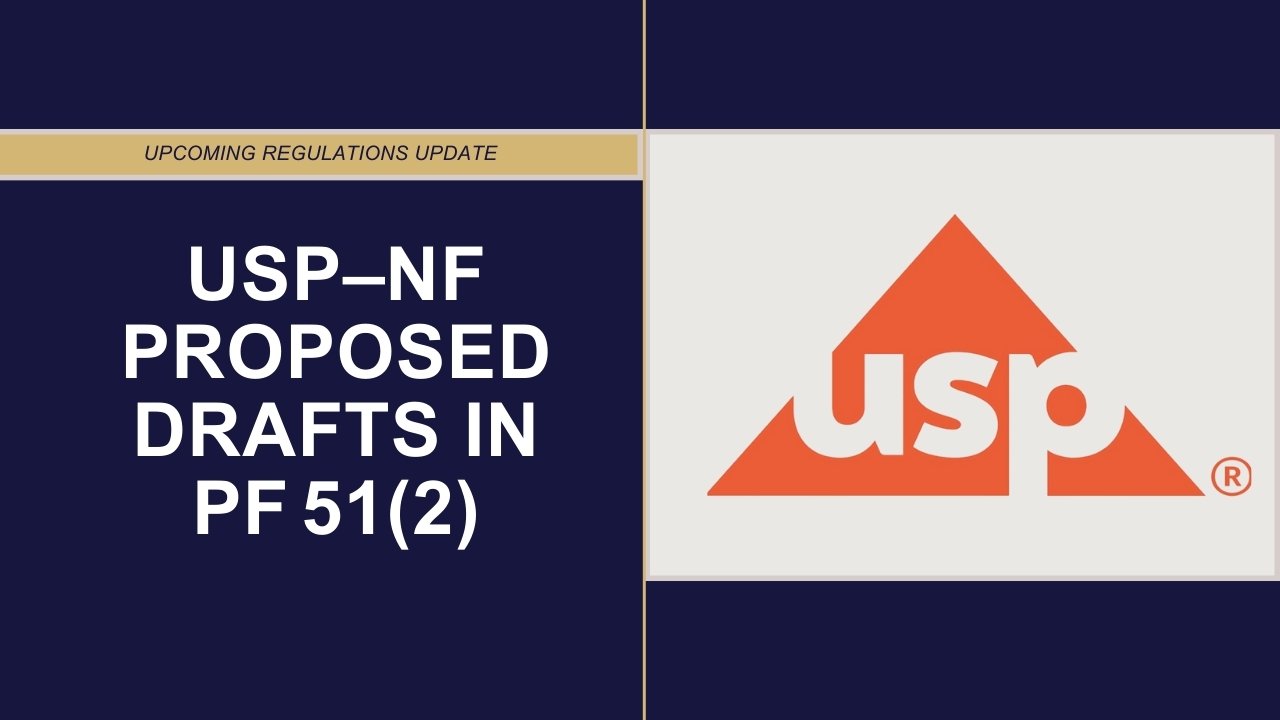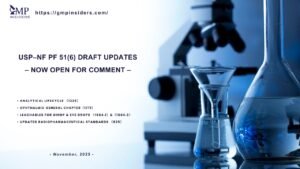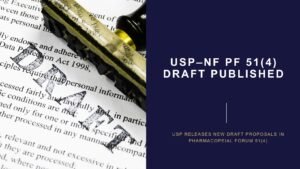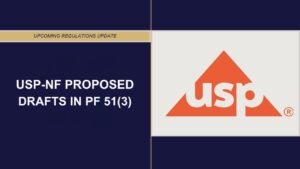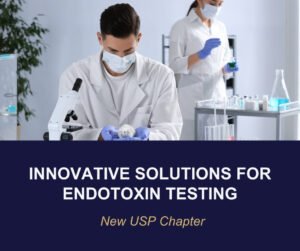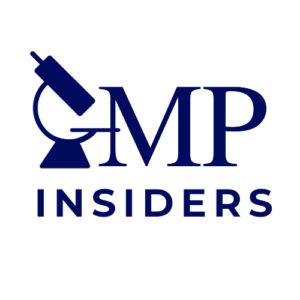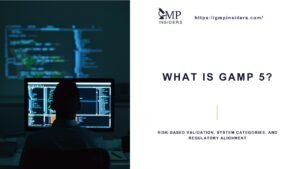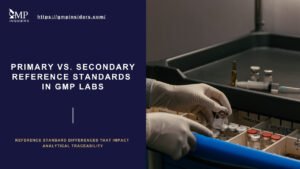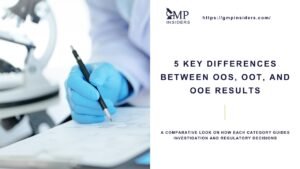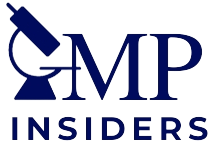In early March 2025, USP published several proposals in Pharmacopeial Forum (PF) 51(2) that could significantly impact quality control and manufacturing practices across the pharmaceutical industry.
These changes span various topics—from analytical instrument qualification to microbial contamination control. By modernizing requirements and clarifying thresholds, USP aims to align with evolving industry trends, regulatory expectations, and scientific developments.
Below is an overview of the most prominent revisions proposed and how they may affect GMP operations.
Chapter (621) Chromatography
This revision builds on the version of the chapter slated to be official as of December 1, 2024. It updates certain system suitability requirements that were previously introduced in PF 49(6).
Key Proposals:
- System Sensitivity: Applies primarily to impurity tests if a reporting threshold is specified in the individual procedure.
- Peak Symmetry: Applicable to Organic Impurities and Related Substances tests, as well as Assays, clarifying which peaks to measure and how.
GMP Impact: Labs will need to verify that their chromatographic methods, especially for impurity profiling, meet the revised criteria. This clarification could reduce ambiguity in how “system sensitivity” and “peak symmetry” are applied in day-to-day QC operations.
RELATED: Good Chromatography Practices
Chapter (1058) Analytical Instrument Qualification
Originally published in 2008 and revised in 2017, Chapter (1058) sets the foundation for establishing “fitness for intended use” of instruments.
Key Proposals:
- Restructuring, Not Just Minor Amendments
- The Chemical Analysis Expert Committee decided a full restructure was more appropriate than minor edits. While the 4Q model (DQ, IQ, OQ, PQ) remains, the chapter is reorganized to address weaknesses and clarify nomenclature.
- Integration of Life Cycle Approaches
- Reflects updates —including Analytical Procedure Life Cycle (1220)—and emphasizes continuous monitoring and control to ensure ongoing compliance. The chapter will provide a framework that connects instrument qualification with broader life cycle concepts.
- Maintaining the 4Q Model with Enhancements
- Although the 4Q model remains central, the new text aims to avoid confusion and highlight any nomenclature misunderstandings. Some existing content is reused or repositioned but with clearer guidance on how to implement the 4Q model effectively.
- Focus on “What” and “Why,” Letting Organizations Decide “How”
- The Expert Committee intends (1058) to give general guidance that explains “what needs to be done” and “why,” leaving the specific “how” to individual users based on their specific instruments, methods, and risk profiles.
GMP Impact: Manufacturers and QC labs may need to revisit internal SOPs around instrument qualification, ensuring a more holistic, life cycle–oriented approach. Enhanced data integrity requirements and new chapters like Good Documentation Guidelines (1029) underscore the ongoing push for transparent, traceable, and robust qualification activities.
Chapter (1110) Microbial Contamination Control Strategy Considerations
A newly proposed chapter that outlines contamination control strategy (CCS) principles for sterile and nonsterile manufacturing.
Key Proposals:
- Comprehensive CCS: Defines controls for microbial, endotoxin/pyrogen, and particulate contamination sources.
- Applicability: Recommended as a best practice not only for sterile products but also for low-bioburden or nonsterile applications.
GMP Impact: By incorporating a more explicit, risk-based approach to contamination control, organizations can enhance consistency in microbial oversight across product types. This could mean more structured CCS documentation and potentially broader environmental monitoring programs.
Related Article: Best Practices for Environmental Monitoring in Pharma Industry
Chapter (1114) Microbial Contamination Control Strategies for Cell Therapy Products
Replaces a previous proposal in PF 48(5). The newly updated text is narrower in scope because general CCS content has moved to Chapter (1110).
Key Proposals:
- Cell Therapy–Specific Guidance: Addresses unique risks and protocols when manufacturing living-cell products.
- Cross-Reference with (1110): Focuses on advanced therapy medicinal products (ATMPs), while general contamination control strategies remain in (1110).
GMP Impact: Cell therapy manufacturers will find specialized recommendations for managing microbial risk, from facility design and cleanroom classification to real-time testing methods. This heightened clarity helps ensure product safety and regulatory compliance in a growing industry segment.
Chapter (1236) Solubility Measurements
Building on the chapter official as of August 1, 2024, this update includes clarifications and a new biorelevant medium.
Key Proposals:
- Clarified Variable Definitions: The “Background” section refines how certain parameters are interpreted for solubility testing.
- Milk as a Biorelevant Medium: Adds milk to Solubility Measurements in Biorelevant Media—important for fed-state conditions or high-fat dietary environments.
GMP Impact: Formulation scientists and QC personnel get broader test media options that better reflect real-world patient conditions. Enhanced clarity around definitions can reduce variability and improve reproducibility in solubility testing.
Direct Analysis of Class 2 Residual Solvents Using Molecular Rotational Resonance (MRR)
A newly proposed method that offers an alternative or supplement to the standard GC method for residual solvent detection.
Key Proposals:
- MRR Technology: Employs unique rotational transitions for each solvent, potentially improving specificity and speed.
- Applicability: Intended for Class 2 solvents with high toxicity and regulatory scrutiny.
GMP Impact: Labs choosing MRR can potentially streamline sample prep and reduce total analysis time while maintaining compliance with ICH Q3C guidelines. However, adoption might require specialized instrumentation and training.
SEE ALSO: Residual Solvents in GMP
Conclusion
The PF 51(2) proposals demonstrate USP’s continued commitment to refining quality standards, embracing new scientific methods, and clarifying previously ambiguous requirements. From instrument qualification lifecycles to the nuanced approaches for microbial control in cell therapy, these revisions collectively encourage a more risk-based, life cycle–oriented perspective.
For GMP professionals, the following steps include reviewing internal procedures, assessing potential resource or instrumentation needs, and preparing to align with the final official text once adopted.
As always, stakeholders can submit feedback during the PF comment window. Monitoring the USP website and Pharmacopeial Forum postings will ensure you remain informed of any further changes or official adoption timelines.

